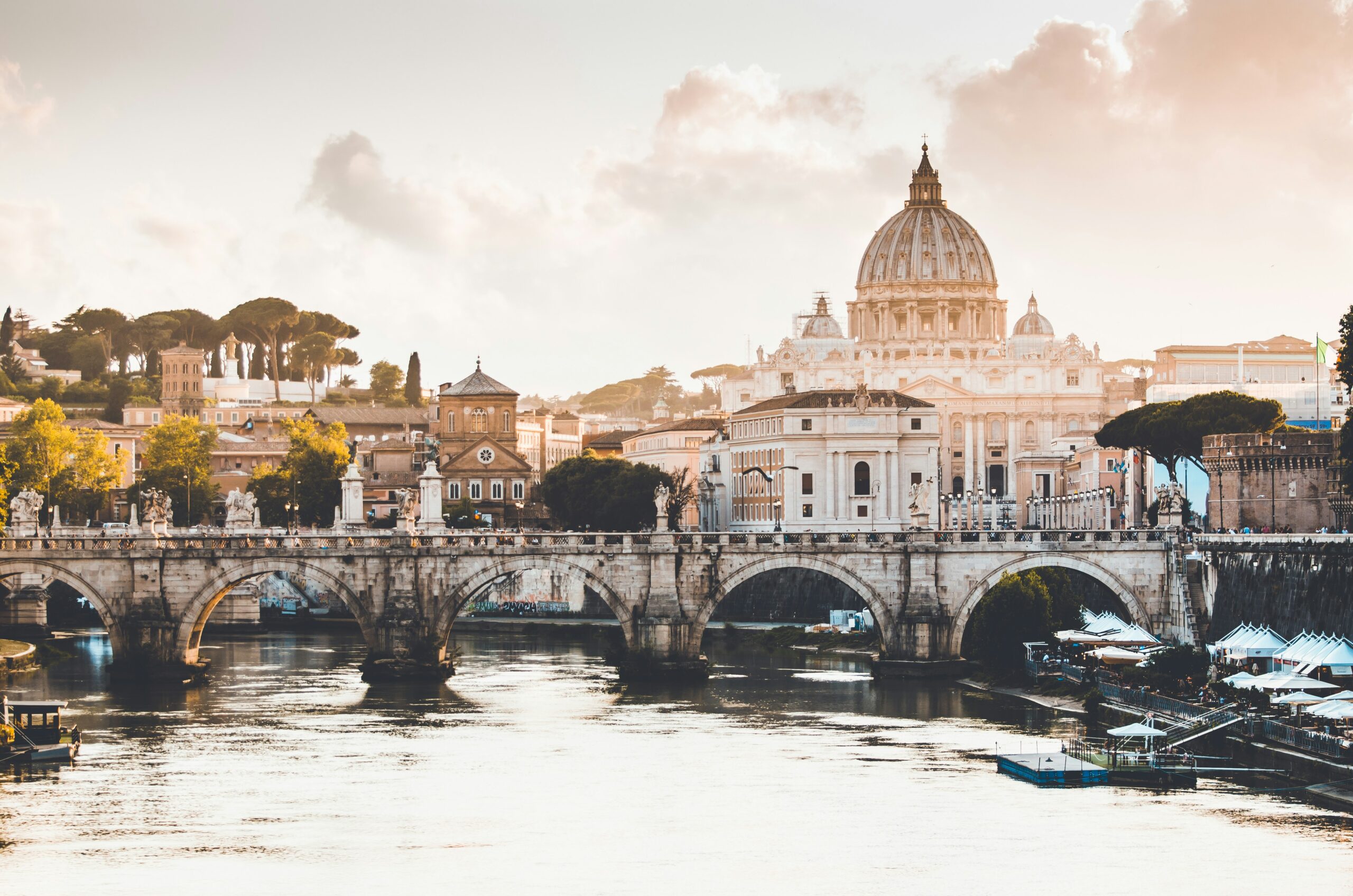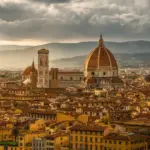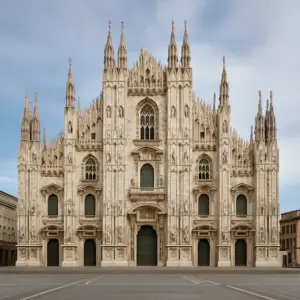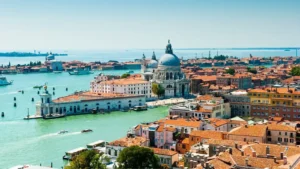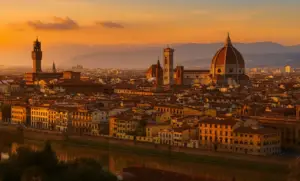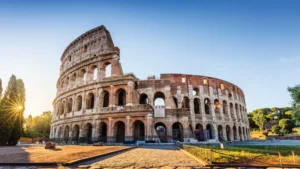Welcome to Rome, the Eternal City—home to ancient ruins, Baroque fountains, and lively piazzas. This self-guided walking tour is designed to showcase the most iconic Rome attractions at your own pace. From the grandeur of the Colosseum to the awe of St. Peter’s Basilica, soak in the layers of history that make Rome unforgettable.
Our walking tour covers approximately 7 kilometers and is estimated to take around 4–5 hours, not including time spent inside attractions. The route connects the most emblematic ancient sites and piazzas, blending history, art, and local life.
List of Attractions
- Colosseum
- Rome’s most iconic amphitheatre and a wonder of ancient engineering.
- Roman Forum
- The heart of ancient Rome’s political, commercial, and religious life.
- Palatine Hill
- Birthplace of Rome’s legend and home to imperial palaces.
- Capitoline Hill (Piazza del Campidoglio)
- Michelangelo’s elegant square with views over the Forum.
- Piazza Venezia & Vittoriano
- Dominated by the “Altar of the Fatherland,” a national monument.
- Trevi Fountain
- Baroque masterpiece—toss a coin to ensure your return to Rome.
- Spanish Steps (Piazza di Spagna)
- Iconic staircase linking the square to Trinità dei Monti.
- Pantheon
- Extraordinary Roman temple with a perfect dome and oculus.
- Piazza Navona
- Elegant square with Bernini’s Fountain of the Four Rivers.
- St. Peter’s Basilica
- One of the world’s largest churches and a pinnacle of Renaissance art.
Tour Details
1. Colosseum
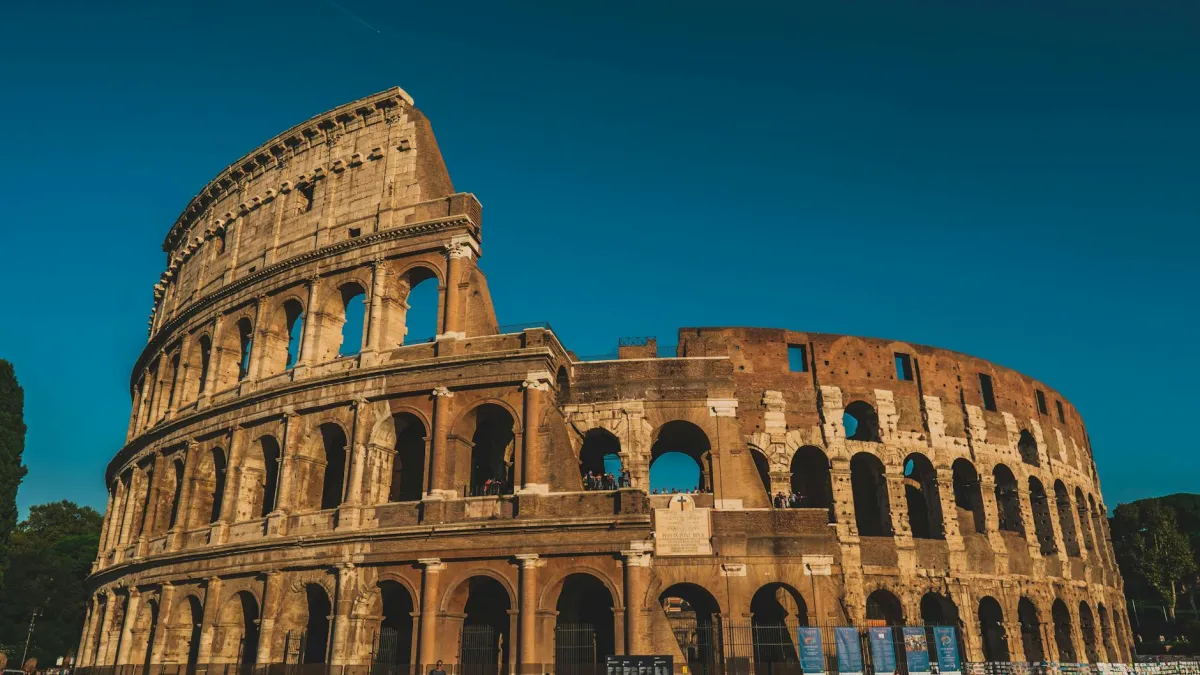
History & Facts: Completed in 80 AD, the Colosseum hosted gladiatorial games and public spectacles for tens of thousands of spectators. It remains a symbol of Roman architectural prowess.
Tips for Visiting:
- Tickets: Book timed-entry in advance; combined tickets with the Forum/Palatine are common.
- Best Time: Early morning or late afternoon to avoid peak crowds.
- Tours: Consider an arena floor or underground tour for added context.
Next Stop: Walk along Via dei Fori Imperiali to the Roman Forum.
2. Roman Forum
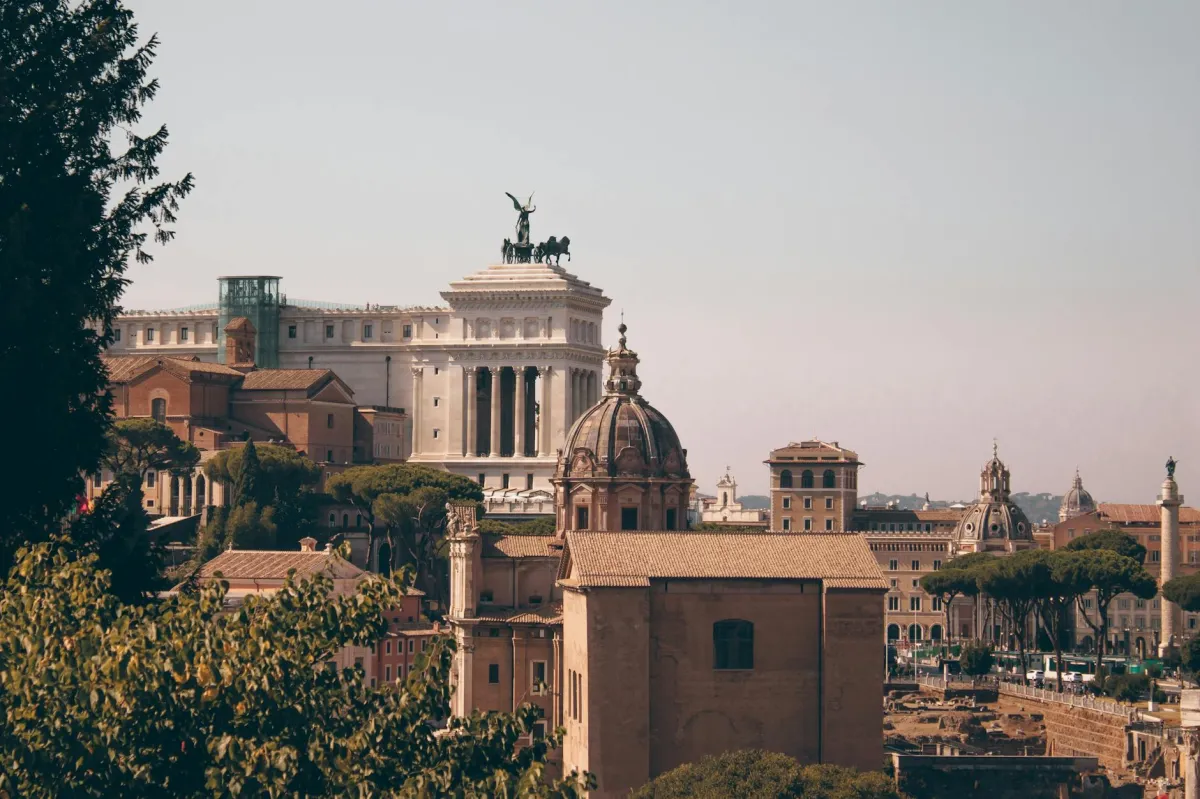
History & Facts: Once the center of Roman public life, the Forum is a sprawling complex of basilicas, temples, and arches, including the Temple of Saturn and the Arch of Septimius Severus.
Tips for Visiting:
- Route: Enter from the Colosseum side to finish near the Capitoline.
- Footwear: Uneven stones—wear supportive shoes.
- Time: Allow at least 60–90 minutes.
Next Stop: Climb to Palatine Hill via the internal paths.
3. Palatine Hill
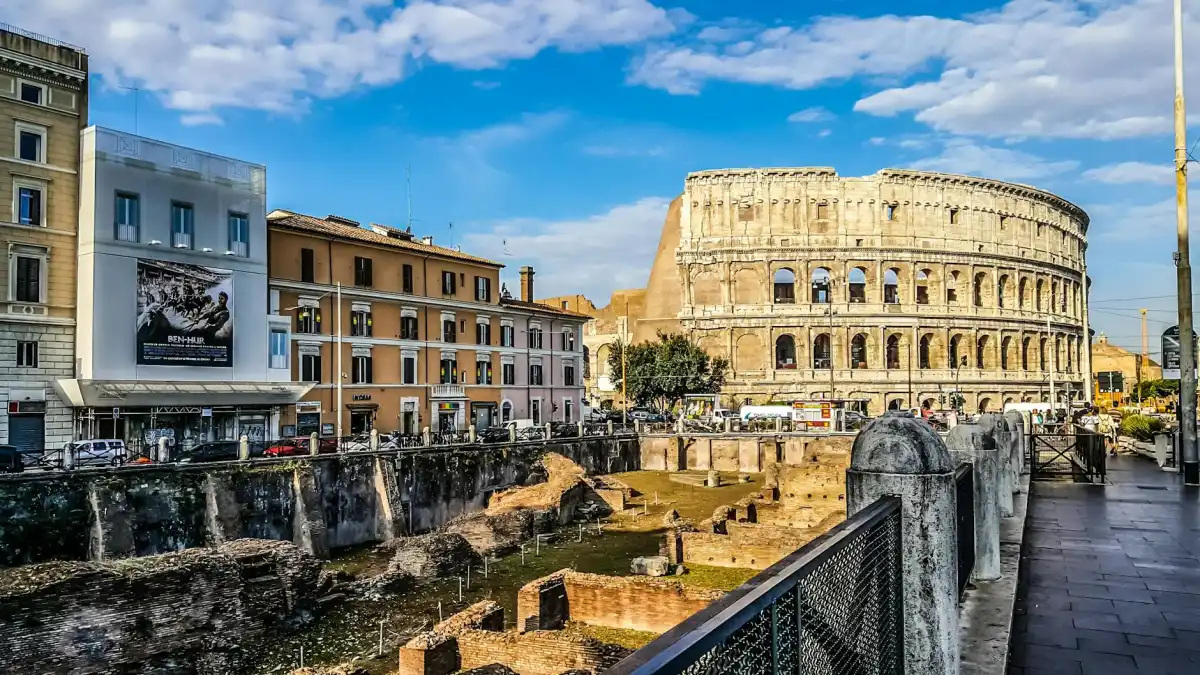
History & Facts: According to legend, Romulus founded Rome here. Later, emperors built lavish palaces with sweeping views over the Forum and Circus Maximus.
Tips for Visiting:
- Views: Head to the Farnese Gardens for panoramas of the Forum.
- Shade: Limited—bring water and sun protection.
- Combo: Often included in the same ticket as Colosseum/Forum.
Next Stop: Descend toward the Capitoline Hill (Campidoglio).
4. Capitoline Hill (Piazza del Campidoglio)
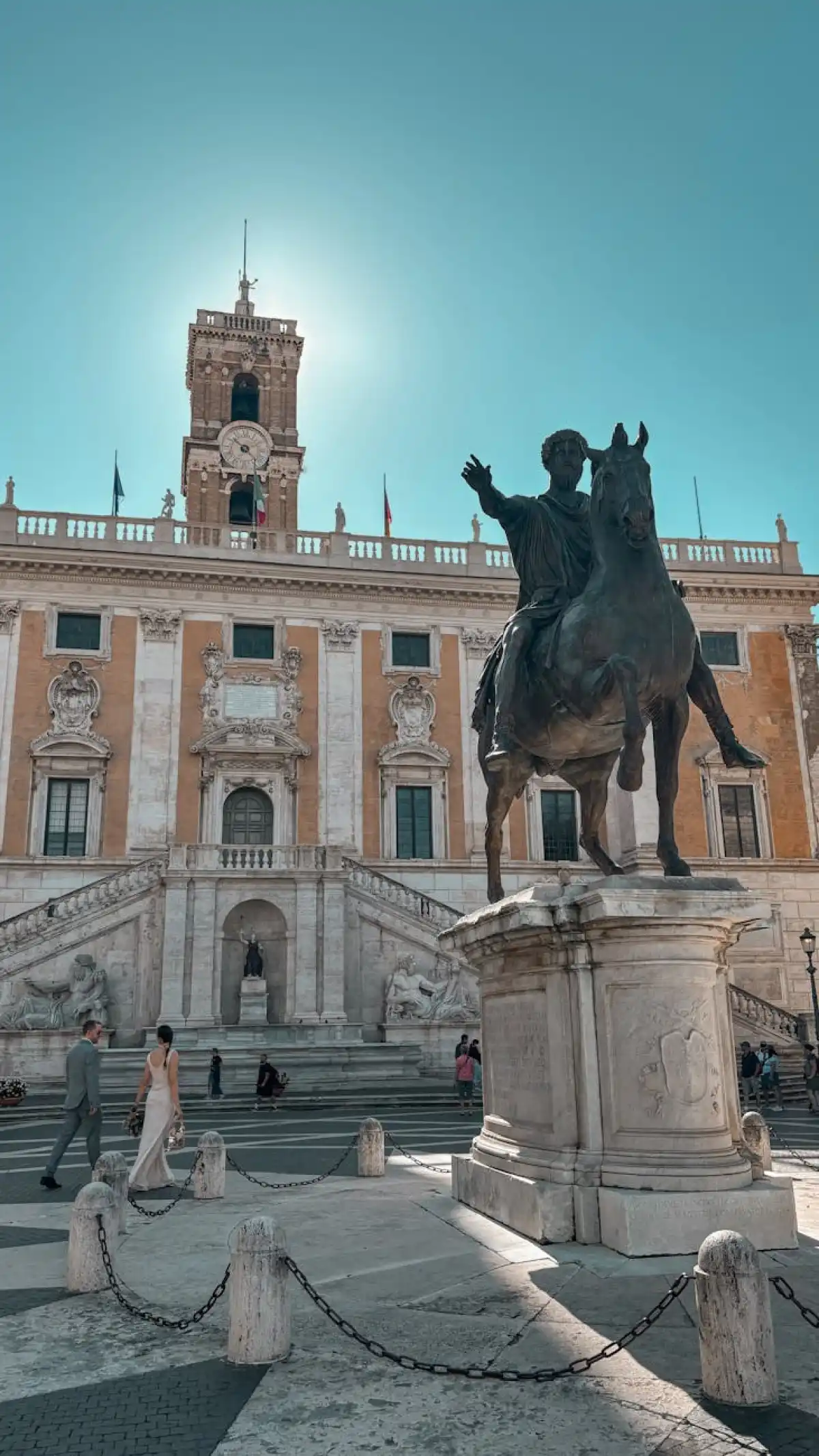
History & Facts: Redesigned by Michelangelo, the square features the Capitoline Museums and overlooks the Forum from the scenic Terrazza Caffarelli.
Tips for Visiting:
- Museums: Outstanding collection of classical sculptures and art.
- Photo Spot: Don’t miss the Forum viewpoint behind the square.
- Access: Gentle slopes but some steps—allow extra time.
Next Stop: Walk down to Piazza Venezia & the Vittoriano.
5. Piazza Venezia & Vittoriano
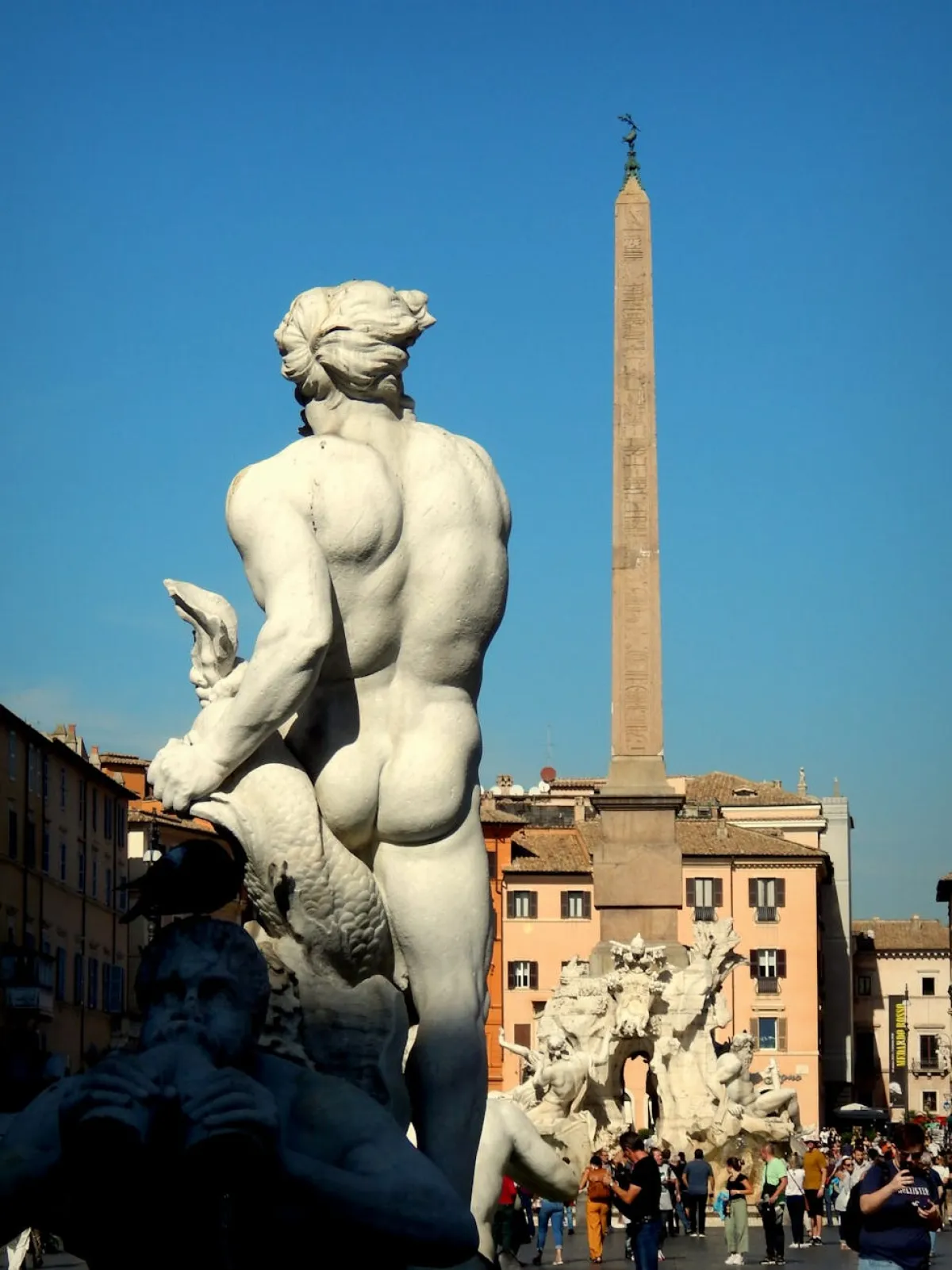
History & Facts: The vast white marble monument honors Italy’s first king and houses the Tomb of the Unknown Soldier. Rooftop terraces offer panoramic views of Rome.
Tips for Visiting:
- Terraces: Consider the elevator to the rooftop viewpoint.
- Crossings: Use designated crossings—traffic is intense.
- Brief Stop: A good waypoint before Trevi Fountain.
Next Stop: Meander through narrow streets to the Trevi Fountain.
6. Trevi Fountain
History & Facts: Completed in 1762, the Trevi Fountain is Rome’s most famous fountain, fed by the Aqua Virgo aqueduct. Toss a coin over your left shoulder for luck.
Tips for Visiting:
- Best Time: Early morning or late evening for fewer crowds.
- Etiquette: No sitting on the balustrade; follow local rules.
- Safety: Keep belongings secure—pickpockets target crowded areas.
Next Stop: Continue to the Spanish Steps.
7. Spanish Steps (Piazza di Spagna)
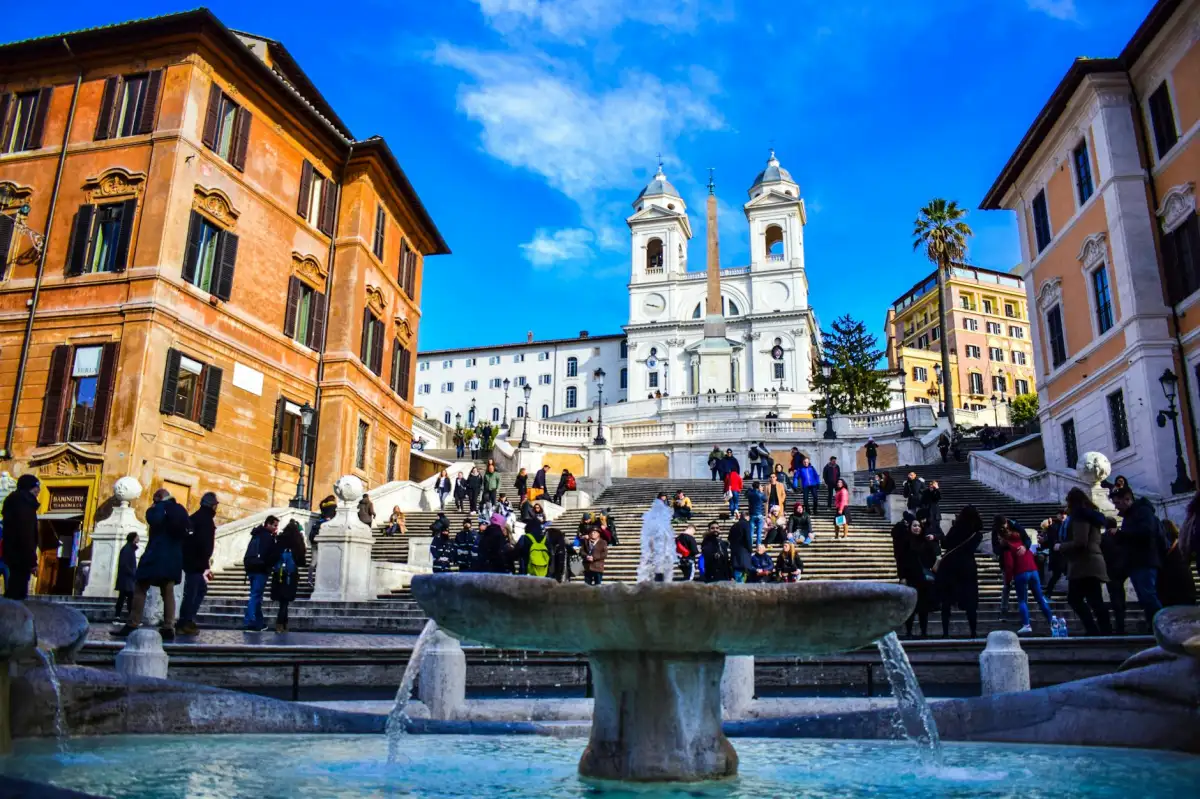
History & Facts: The elegant staircase (1725) connects Piazza di Spagna with the Trinità dei Monti church. The Barcaccia Fountain by Bernini’s workshop sits at the base.
Tips for Visiting:
- Regulations: Sitting on the steps is prohibited; fines may apply.
- Shopping: Via dei Condotti is nearby for window-shopping.
- Views: Sunset light at the top is gorgeous.
Next Stop: Head toward the Pantheon via Via del Corso and side streets.
8. Pantheon
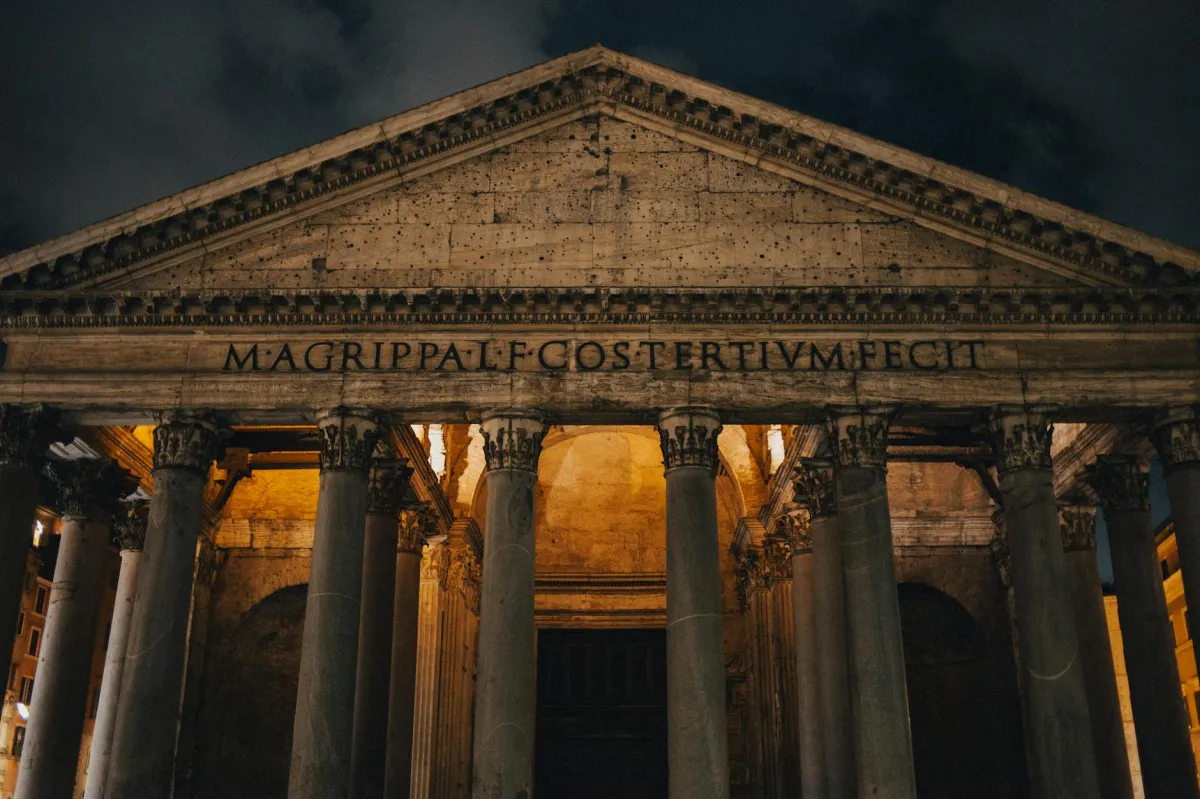
History & Facts: A perfectly preserved Roman temple transformed into a church. The coffered dome and central oculus are marvels of ancient engineering.
Tips for Visiting:
- Entry: Entry rules and fees can change; check official information.
- Respect: It’s an active church—dress modestly and keep quiet.
- Rain: If it rains, watch water fall through the oculus—unique experience.
Next Stop: A short walk brings you to Piazza Navona.
9. Piazza Navona

History & Facts: Built on the site of Domitian’s stadium, this elegant square features Bernini’s Fountain of the Four Rivers and Borromini’s Sant’Agnese in Agone.
Tips for Visiting:
- Break: Perfect stop for gelato or an espresso.
- Street Life: Artists and performers often gather here.
- Evening: Atmosphere is especially lively after dusk.
Next Stop: Cross the river toward St. Peter’s Basilica (optional detour via Castel Sant’Angelo).
10. St. Peter’s Basilica
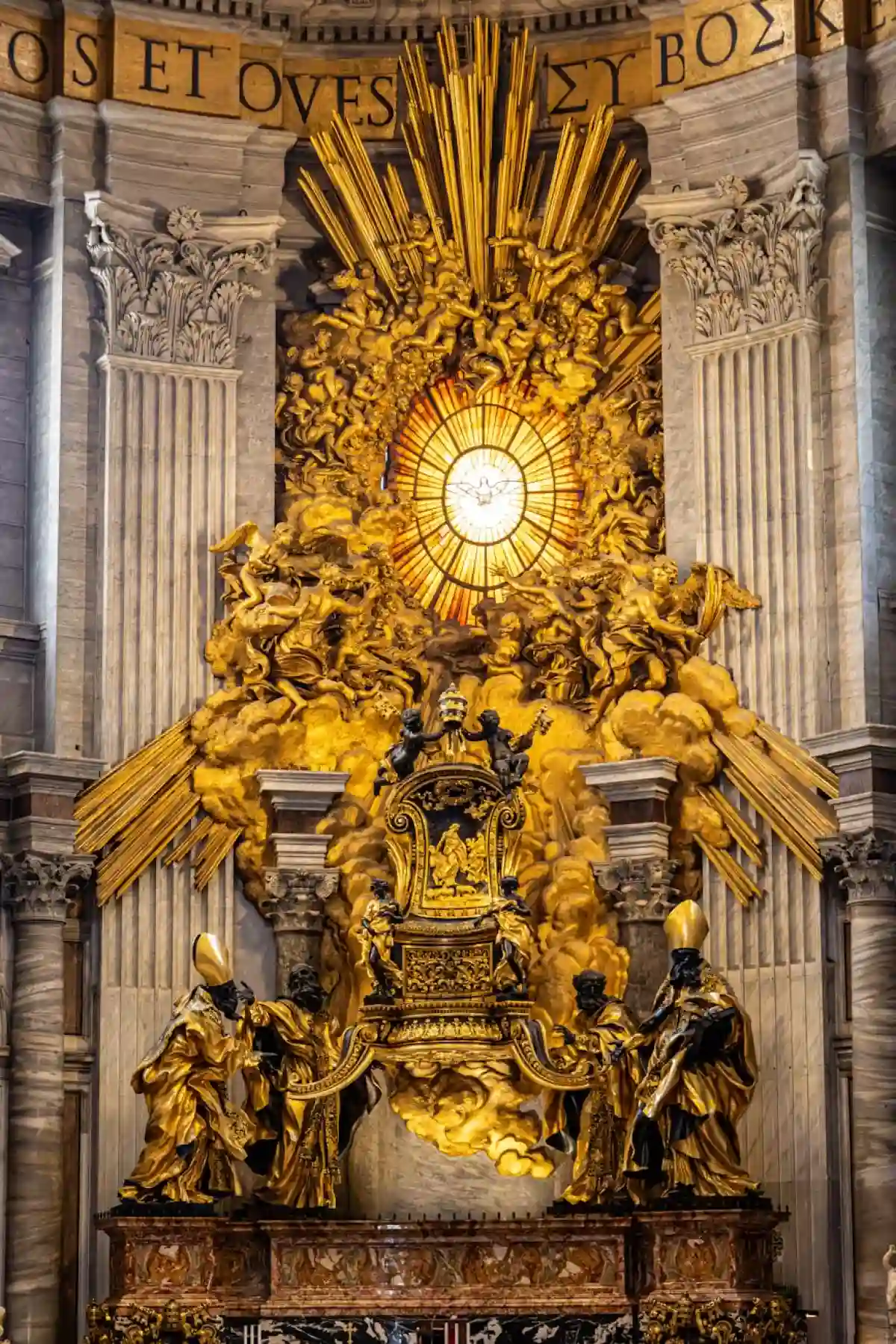
History & Facts: One of the holiest Catholic sites, rebuilt in the 16th–17th centuries with contributions by Bramante, Michelangelo, and Bernini. The interior houses masterpieces like the Pietà.
Tips for Visiting:
- Dress Code: Shoulders and knees covered.
- Dome: Climb for breathtaking views over Rome and the Vatican.
- Security: Airport-style checks; allow extra time.
End of Tour: Conclude your self-guided walking tour of Rome in St. Peter’s Square, or stroll along the Tiber back toward the historic center.
Download Map freely
For an even richer experience, we recommend joining a free walking tour led by local guides—the most entertaining and insightful way to explore the Eternal City. You can also download the map in PDF format to keep it handy offline.
Practical Tips
- Best Time for the Tour:
- Spring (April–June) and Autumn (September–October) offer mild weather and lighter crowds.
- Start Early: Beat heat and queues at major sights.
- What to Bring:
- Comfortable walking shoes
- Water bottle (many public fountains offer potable water)
- Sunscreen and hat
- Map or GPS-enabled device
- Public Transportation:
- Metro & Buses: Metro lines A, B/B1 and C cover many central areas; buses and trams fill the gaps.
- Tickets & Passes: Integrated tickets work across metro, bus, and tram; consider 24/48/72-hour passes if riding often.
- Additional Recommendation: Enhance your experience by joining a free walking tour in Rome with GuruWalk—local guides share stories and hidden gems.
Frequently Asked Questions
1. How long does the self-guided walking tour of Rome take?
The route is approximately 7 kilometers and typically takes 4–5 hours, depending on time spent at each stop.
2. Are the attractions open every day?
Most major sights are open daily, but hours and entry rules vary by season and event. Always check the official websites before you go.
3. Is Rome suitable for walking tours?
Yes. Distances in the historic center are moderate, though streets can be uneven. Wear good shoes and carry water, especially in summer.
4. Can I use public transportation if I get tired of walking?
Absolutely. The metro, bus, and tram network connects most areas. Taxis and ride-hailing services are widely available.
Best Free tours in Rome
So, you wanna rock Rome? Well, first things first – you gotta speak English. Rome a cit…
We’ll leave behind the crowds and heat to discover Rome’s ancient heart in a new light—by moon and stars. Our…
We begin in Rome’s Jewish Ghetto , a neighborhood shaped by centuries of persecution, resilience, and …
⚠️⚠️⚠️ Tour not recommended for children under 12 years old ⚠️⚠️⚠️ Ghosts and Mysteries Free Tour: Haunted Places, Murd…
You need to be fluent in English Step into the real Rome on this free
Turn Rome into a crime scene on this immersive free walking tour focused on Caravaggio , the most scandalous g…
Description: Join our captivating art tour of three magnificent churches in Rome, and two key archeo…
* Price, opening-hour and access information is current as of August 2025 according to official sources. These details may change at any time due to holidays, maintenance works or new regulations. Always confirm on official websites or by phone with each venue before your visit.
